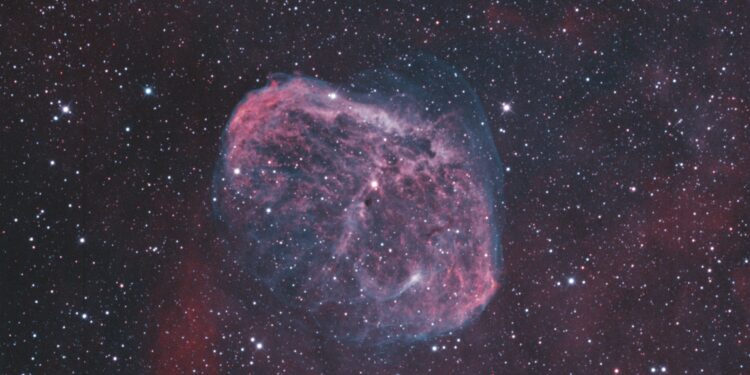supertelescope discovery threatens to upset some of the cornerstones of astronomy known and studied by researchers
Amazing new discovery by James Webb, NASA’s supertelescope, which identifies 6 new galaxies that, by structure and composition, appear to be very ancient with incredible images that challenge our own understanding of the origins of galaxies.
“We expected to find small, young, newborn galaxies at this time, but we have discovered mature galaxies like ours that are much more massive than we might have expected,” states Joel Leja, assistant professor of astronomy and astrophysics at Penn State.
The researchers said the discovery “pushes the limits of our understanding of cosmology,” suggesting that galaxies have grown massively faster than studies predicted. Something never before seen that, according to the research, could be explained as a phenomenon of small clouds of stars and dust that gradually grew larger over time.
“The revelation that massive galaxy formation began very early in the history of the universe challenges what many of us thought was settled science. We had no idea what we would find when we viewed the first set of data collected by the Webb,” Leja explains.The new findings show that the six galaxies were as mature as our own Milky Way when the universe was just 3 percent of its current age, about 500 to 700 million yearsafter the Big Bang. According to the researchers, this could be the beginning of a reevaluation of many theories and studies that, at present, are an established part of the teaching of the subject and considered precisely, as Leja suggests, settled science.
Photo : Pexels
Author: Alessandro Volpe

































